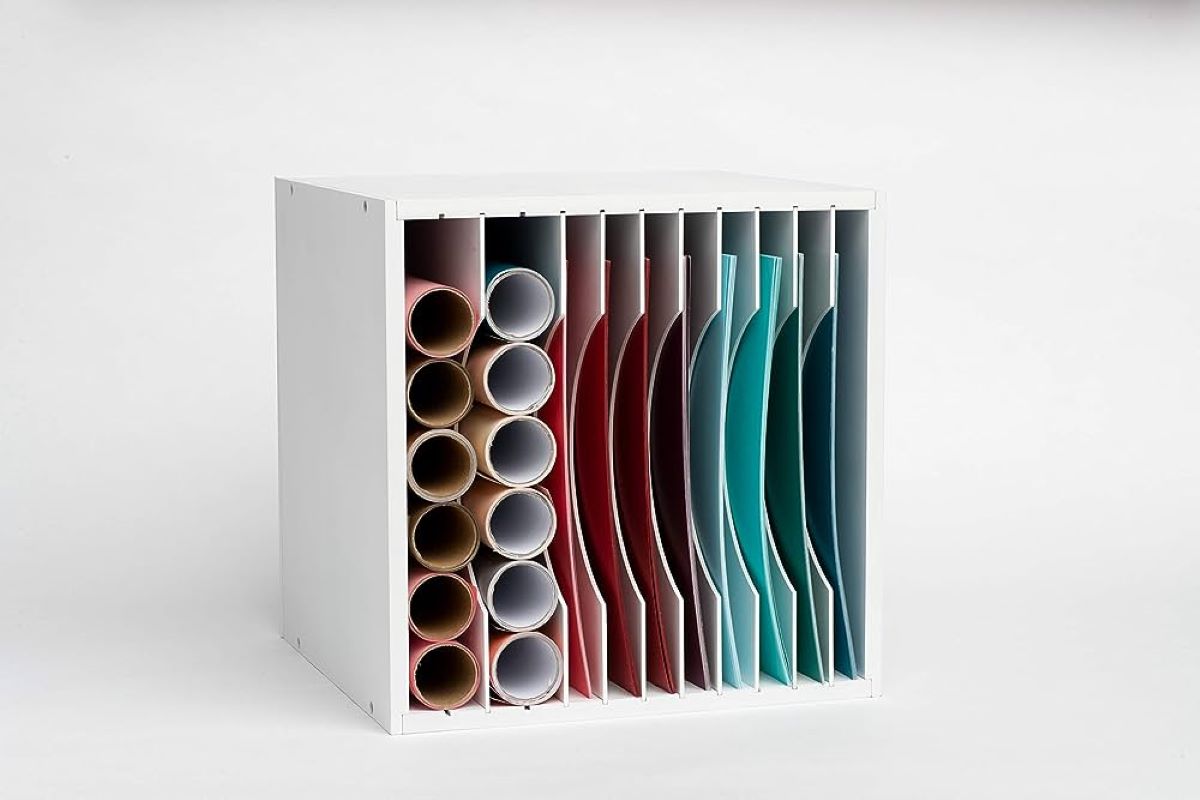

Articles
How To Store 12X12 Vinyl Sheets
Modified: October 20, 2024
Learn the best practices and tips for storing 12x12 vinyl sheets in this comprehensive collection of articles. Keep your vinyl sheets organized and in top condition for your crafting projects.
(Many of the links in this article redirect to a specific reviewed product. Your purchase of these products through affiliate links helps to generate commission for Storables.com, at no extra cost. Learn more)
Introduction
Storing 12×12 vinyl sheets can sometimes be a challenge, especially when you have a large collection. Whether you are a craft enthusiast, a DIY hobbyist, or a professional vinyl cutter, having an organized and efficient storage system is essential. Properly storing your vinyl sheets not only ensures their longevity but also makes it easier for you to find and access them when needed.
In this article, we will guide you through the steps to store your 12×12 vinyl sheets effectively. From choosing the right storage solution to organizing and maintaining your storage area, we will cover everything you need to know to keep your vinyl sheets in pristine condition.
Let’s dive right in!
Key Takeaways:
- Choosing the right storage solution, preparing vinyl sheets for storage, and maintaining the storage area are crucial steps to ensure the longevity and accessibility of your 12×12 vinyl sheet collection.
- Whether you prefer flat or rolled storage, implementing effective labeling and organization techniques will streamline your workflow and unleash your creativity when working with vinyl sheets.
Read more: How To Store 12X12 Paper
Step 1: Choosing the Right Storage Solution
The first step in storing your 12×12 vinyl sheets is to find the right storage solution that suits your needs. There are several options available, and the choice depends on factors such as the size of your collection, available space, and personal preference.
Here are a few storage solutions to consider:
- File Folders: One of the simplest and most cost-effective options is to use file folders. You can store your vinyl sheets in individual folders and organize them in a filing cabinet or a file box. This method works well if you have a small collection and limited space.
- Binders: Another popular option is to use binders with clear sheet protectors. This allows you to organize your vinyl sheets by category, color, or design. Make sure to choose binders with a wide spine to accommodate the thickness of the sheets. You can also use dividers to create sections and labels to easily find what you need.
- Storage Bins: If you have a larger collection or prefer a more compact storage option, consider using storage bins. Opt for clear bins so that you can easily see the contents without having to open each one. Arrange your vinyl sheets neatly inside the bins, either stacked horizontally or vertically.
- Wall Racks: For those who want a visually pleasing storage solution, wall racks can be a great choice. You can find wall-mounted vinyl sheet holders or create your own using hooks or dowels. This option allows you to display your vinyl sheets while keeping them easily accessible.
When choosing a storage solution, consider factors such as the level of protection it provides, ease of accessibility, and the available space in your craft room or workspace. Remember to choose a solution that allows for growth, as your vinyl collection may expand over time.
Once you have chosen the right storage solution, you are ready to move on to the next step: preparing your vinyl sheets for storage.
Step 2: Preparing the Vinyl Sheets for Storage
Before storing your 12×12 vinyl sheets, it’s important to prepare them properly to ensure their longevity and prevent any damage. Here are some steps to follow:
- Clean and Dry: Start by making sure that your vinyl sheets are clean and dry. Use a lint-free cloth or a gentle cleaning solution to wipe away any dust, dirt, or fingerprints. Allow the sheets to air dry completely before moving on to the next step.
- Remove Excess Air: If your vinyl sheets are rolled, you may notice that they have air pockets or bubbles. Gently smooth out the sheets to remove any trapped air. This will help prevent warping and creasing when stored for an extended period.
- Protective Covers: Consider using protective covers to keep your vinyl sheets safe from dust, moisture, and any potential spills. Clear plastic sheet protectors, archival sleeves, or polypropylene sleeves are all excellent options to provide an additional layer of protection.
- Cardstock Backing: For extra support and to prevent bending or curling, place a sturdy piece of cardstock or chipboard behind each vinyl sheet. This will help maintain their flat shape and integrity during storage.
- Avoid Extreme Temperatures and Sunlight: Vinyl sheets are sensitive to temperature changes and prolonged exposure to sunlight. Therefore, it is crucial to store them in a cool, dry area away from direct sunlight and extreme temperature fluctuations. This will help prolong their lifespan and prevent any damage.
By following these preparation steps, you will ensure that your vinyl sheets are in optimal condition before storing them. Now, let’s move on to the different storage methods for your vinyl sheets.
Step 3: Storing Vinyl Sheets Flat
Storing your 12×12 vinyl sheets flat is a great option for maintaining their shape and preventing any bending or warping issues. This method works well for both adhesive and heat transfer vinyl sheets. Here’s how to store your vinyl sheets flat:
- File Folders or Binders: If you have chosen the file folder or binder storage method, lay the vinyl sheets flat inside each folder or sheet protector. Make sure to stack them in a way that allows for easy browsing and retrieval. Avoid overstuffing the folders or binders to prevent any pressure on the vinyl sheets.
- Storage Bins: If you prefer using storage bins, place your vinyl sheets horizontally inside the bins. Separate each sheet with a piece of cardboard or chipboard to prevent any contact between them. This will help avoid any potential sticking or damage from friction.
- Cardstock Dividers: To further organize your vinyl sheets, consider using cardstock dividers labeled by color, design, or category. These dividers will help you quickly locate specific sheets without disturbing the rest of the collection.
- Labeling: Another helpful tip is to label each storage container or folder with the corresponding categories or color codes. This will make it easier to find specific vinyl sheets when you are working on a project.
- Stacking: If you have limited space, you can stack the storage bins or folders on top of each other. Just make sure to avoid overloading the stacks, as this can put excessive pressure on the bottom sheets.
Storing your vinyl sheets flat not only ensures their integrity but also allows you to easily browse and select the sheets you need. With your vinyl sheets neatly organized and stored flat, you’re ready to move on to the next storage method: storing vinyl sheets rolled.
Store 12×12 vinyl sheets flat in a cool, dry place to prevent warping or damage. Use plastic sleeves or a file folder to keep them organized and protected.
Step 4: Storing Vinyl Sheets Rolled
If you prefer to store your 12×12 vinyl sheets rolled, this method can be a space-saving and convenient option. However, it’s important to follow the proper techniques to avoid any damage to the sheets. Here’s how to store your vinyl sheets rolled:
- Rolling Technique: Start by gently rolling the vinyl sheet from the shorter end. Make sure to keep the roll tight but not overly tight to avoid any permanent creases or wrinkles. Rolling from the shorter end will help prevent the sheets from curling excessively.
- Secure Roll: Once the vinyl sheet is rolled, secure it by using rubber bands, hair elastics, or vinyl straps. The idea is to keep the roll intact and prevent it from unraveling. Avoid using tape or adhesive directly on the vinyl sheet, as this can cause damage or leave residue.
- Storage Tubes: Consider using storage tubes specifically designed for storing rolled vinyl sheets. These tubes provide additional protection and help maintain the shape of the rolls. Choose tubes that are wide enough to accommodate the 12×12 sheets and have a secure cap or stopper to prevent dust and moisture from entering.
- Vertical Storage: To maximize space, store the rolled vinyl sheets vertically in a designated storage area. You can use tall bins, a storage rack, or a vertical file organizer. Make sure the rolls are stacked securely and won’t unravel or fall over.
- Labeling: Just like with storing vinyl sheets flat, it’s important to label the storage containers or tubes for easy identification. Use labels or tags to indicate the color, design, or category of the vinyl sheets. This will save you time when searching for specific sheets in your collection.
By following these steps, you can store your vinyl sheets rolled in an organized and efficient manner. This method is particularly useful if you have limited space or prefer a visually compact storage solution. With your vinyl sheets safely rolled and stored, we can move on to the next step: labeling and organizing your vinyl sheets.
Read more: How To Build A 12×12 Shed
Step 5: Labeling and Organizing Vinyl Sheets
Properly labeling and organizing your 12×12 vinyl sheets is crucial for easy access and efficient workflow. Here are some tips to help you label and organize your vinyl sheets:
- Color Coding: If you work with vinyl sheets of different colors, consider implementing a color-coding system. Use colored labels, stickers, or tabs to indicate the color of each sheet. This will make it quick and easy to locate specific colors when working on projects.
- Categories: Organize your vinyl sheets into categories based on themes, designs, patterns, or material types. You can create separate folders, binders, or sections within your storage bins for each category. This will help you find the sheets you need based on the specific project you are working on.
- Index or Catalog: Consider creating an index or catalog of your vinyl sheet collection. This can be a digital document or a physical binder where you list each sheet’s details, such as color, design, material, and quantity. This will serve as a reference guide for easy browsing and identification of your vinyl sheets.
- Alphabetical or Numerical Order: Another option is to organize your vinyl sheets alphabetically or numerically. Assign a letter or number to each sheet, and arrange them accordingly. This method can be particularly useful if you have a large collection and want a systematic approach to finding specific sheets.
- Inventory Tracker: To keep track of your vinyl sheet inventory, create a simple spreadsheet or use inventory management software. Include columns for sheet details, quantity, and storage location. Regularly update the inventory tracker to ensure accurate information and to avoid purchasing duplicates.
Remember, the key to effective organization is finding a system that works best for you. Whether you opt for color coding, categorization, or another method, the goal is to have a storage system that allows you to easily locate and access your vinyl sheets when needed.
Now that you have labeled and organized your vinyl sheets, let’s move on to the final step: maintaining the storage area.
Step 6: Maintaining the Storage Area
Once you have invested time and effort into organizing and storing your 12×12 vinyl sheets, it is important to maintain the storage area to ensure the longevity and usability of your collection. Here are some tips for maintaining the storage area:
- Cleanliness: Regularly clean the storage area to prevent dust or dirt build-up. Wipe down shelves, bins, or file cabinets to keep everything clean and tidy. This will help protect your vinyl sheets from potential damage and maintain their quality.
- Temperature and Humidity: Maintain a stable temperature and humidity level in the storage area. Extreme temperatures and high humidity can cause vinyl sheets to warp, adhere, or become brittle. Ideally, keep the storage area in a cool and dry environment. Avoid storing vinyl sheets in basements or areas prone to moisture or temperature fluctuations.
- Avoid Direct Sunlight: Keep your vinyl sheets away from direct sunlight, as prolonged exposure can cause fading and discoloration. Store the sheets in shaded areas or use curtains or blinds to protect them from harsh sunlight.
- Check for Damage: Regularly inspect your vinyl sheets for any signs of damage, such as tears, cracks, or adhesive degradation. Discard any sheets that are beyond repair or no longer usable to maintain the overall quality of your collection.
- Rotate Inventory: To prevent sheets from being left unused for extended periods, consider rotating your inventory. Use the “first-in, first-out” method, where you prioritize using the older sheets before the newer ones. This helps ensure that all sheets get utilized and prevents any sheet from being forgotten or neglected.
- Update Labels and Inventory: As your collection grows or changes, make sure to update the labels and inventory tracker accordingly. Remove any discontinued or used-up sheets and update the storage location or quantity information. This will help you keep an accurate record of your vinyl sheet inventory.
By maintaining the storage area and regularly checking the condition of your vinyl sheets, you can ensure that they remain in optimal condition for your crafting projects.
With these steps, you now have a comprehensive guide to effectively store, organize, and maintain your 12×12 vinyl sheets. Having a well-organized and accessible collection will not only save you time but also allow you to unleash your creativity without any hassle.
Happy crafting!
Conclusion
Storing 12×12 vinyl sheets may seem like a daunting task, but with the right storage solution and organization techniques, you can keep your collection in excellent condition and easily access the sheets when needed.
Choosing the right storage solution is the first step. Whether you opt for file folders, binders, storage bins, or wall racks, make sure it suits your space and collection size. Preparing the vinyl sheets by cleaning them, removing excess air, and protecting them with covers or backing is crucial for their longevity.
Storing the vinyl sheets flat or rolled depends on your preference and available space. Flat storage options like file folders or bins, with proper labeling and dividers, help you locate and browse the sheets effortlessly. On the other hand, rolling the sheets and using storage tubes or racks is ideal for saving space.
Labeling and organizing your vinyl sheets is essential for quick and efficient access. Implement a color coding system, categorize them by theme or design, and maintain an index or catalog for easy browsing. Additionally, maintain the storage area by keeping it clean, controlling temperature and humidity, and regularly checking for damage.
By following these steps and maintaining your storage area, you can ensure the longevity and usability of your 12×12 vinyl sheet collection. Whether you are a die-hard crafter or a professional vinyl cutter, having an organized and accessible collection will save you time, preserve the quality of your vinyl sheets, and unleash your creativity.
Now, it’s time to implement these storage techniques and enjoy the benefits of a well-organized vinyl sheet collection. Happy crafting!
Frequently Asked Questions about How To Store 12X12 Vinyl Sheets
Was this page helpful?
At Storables.com, we guarantee accurate and reliable information. Our content, validated by Expert Board Contributors, is crafted following stringent Editorial Policies. We're committed to providing you with well-researched, expert-backed insights for all your informational needs.
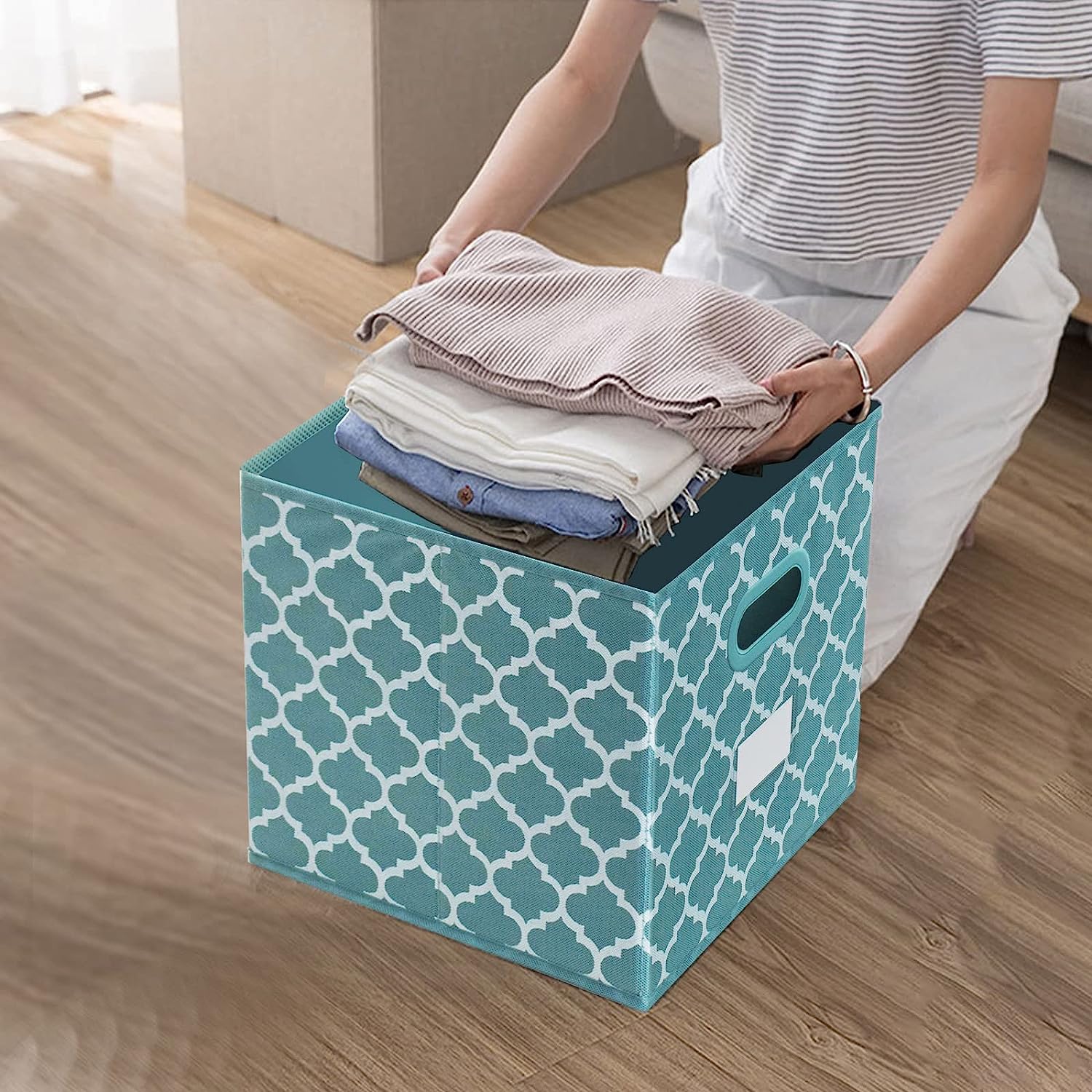

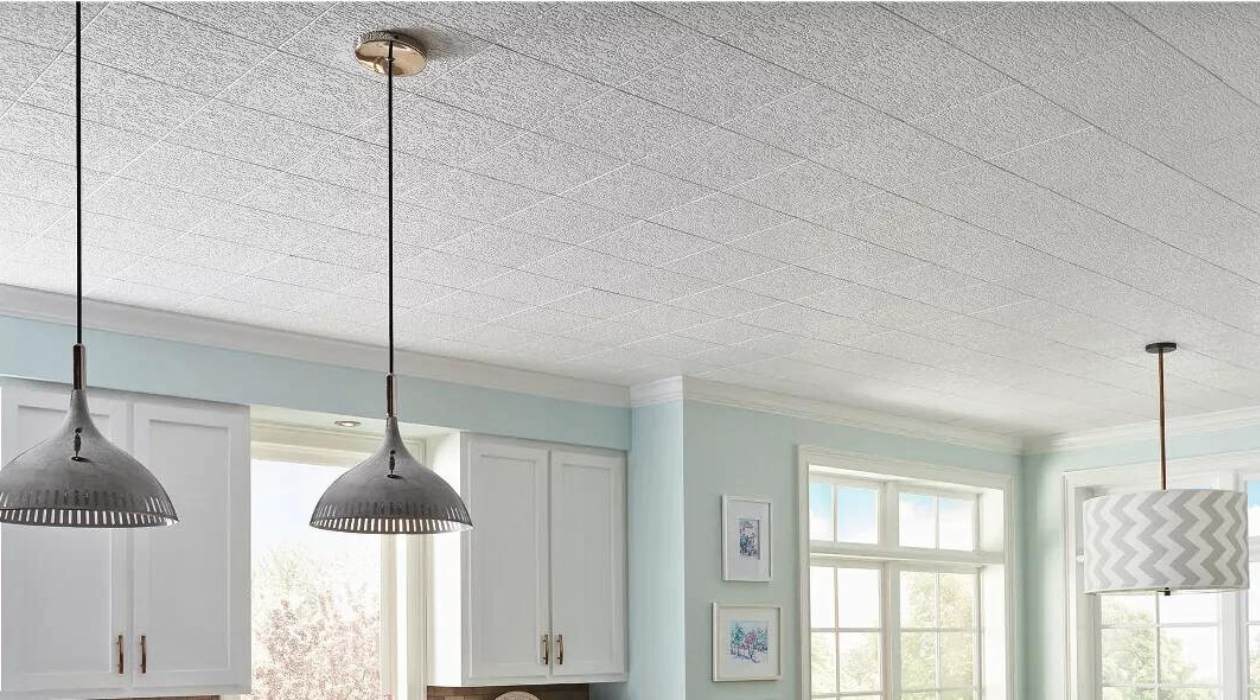
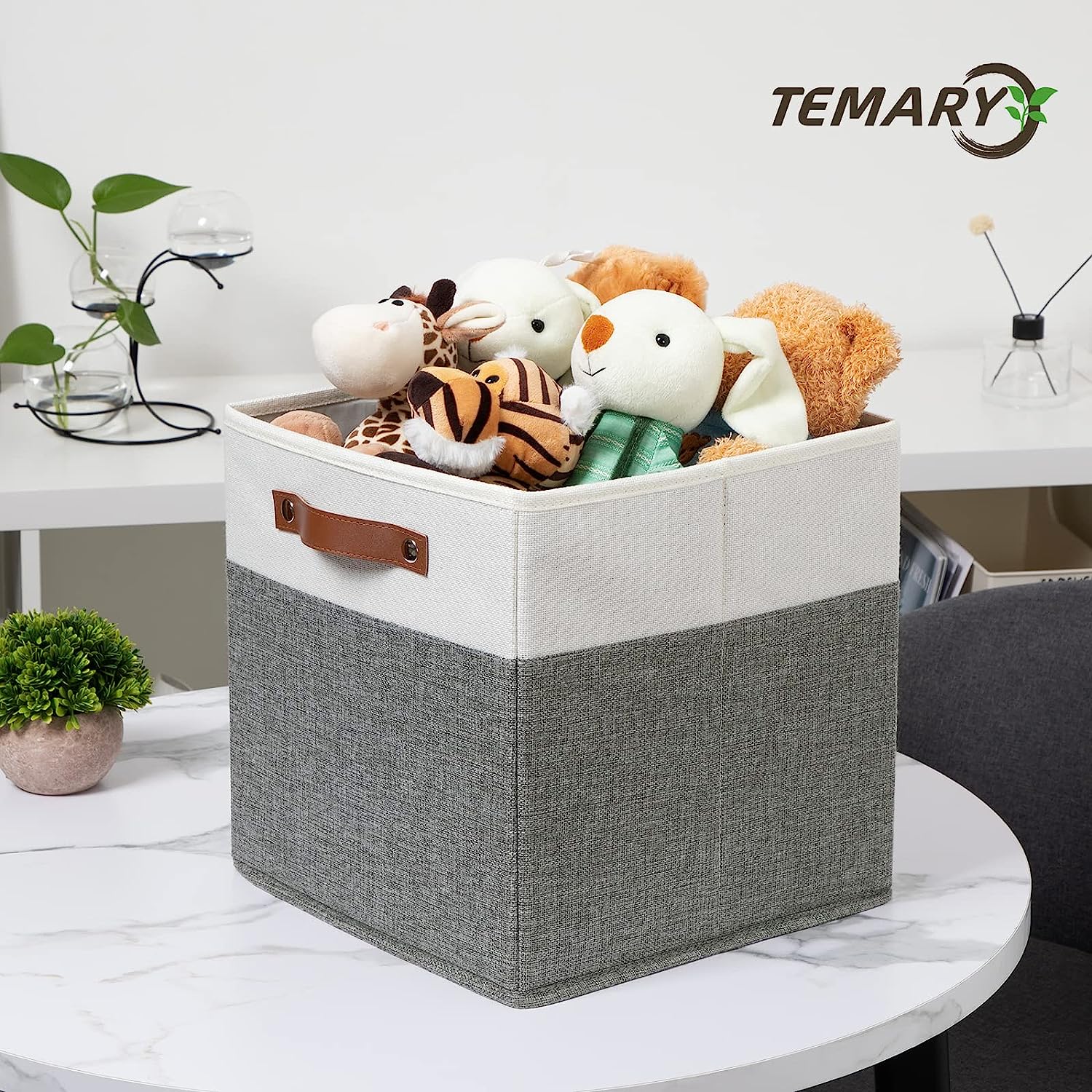
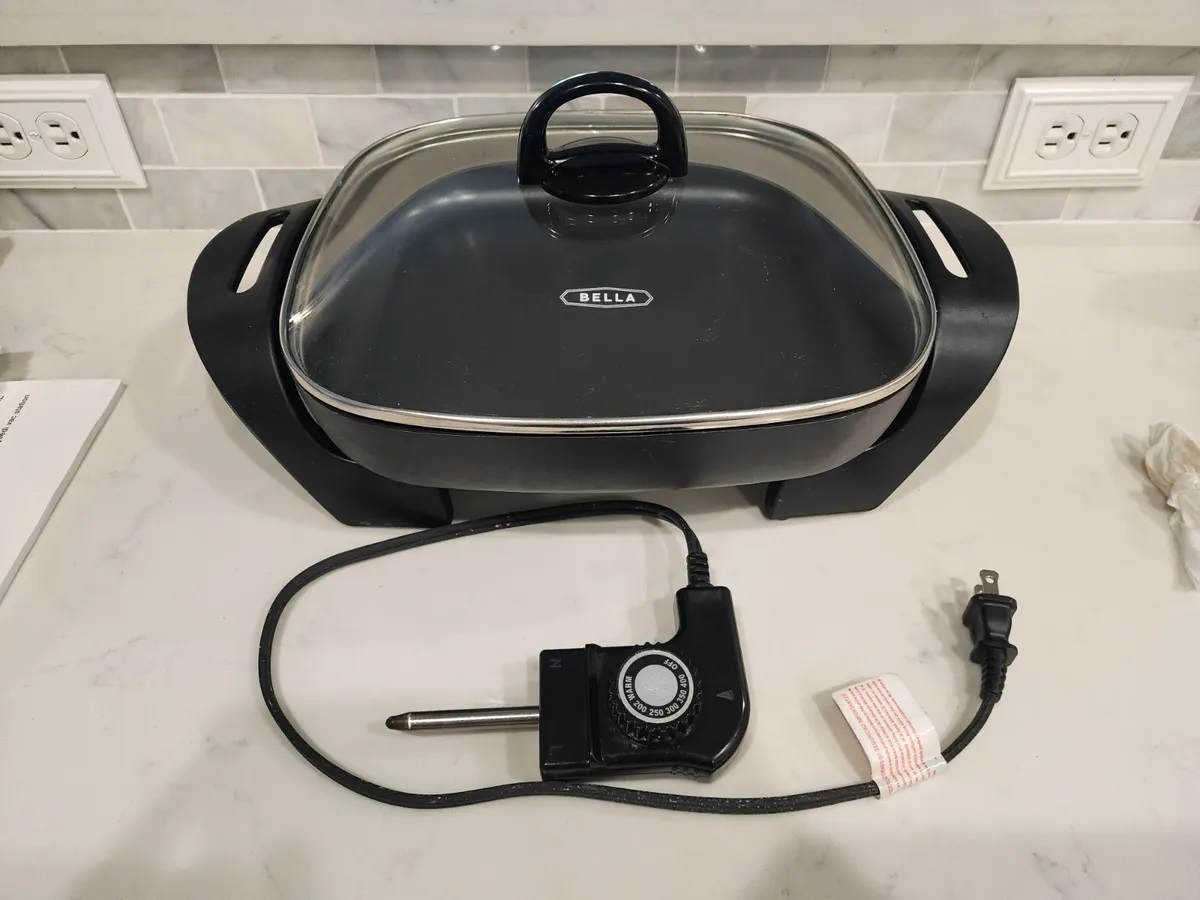


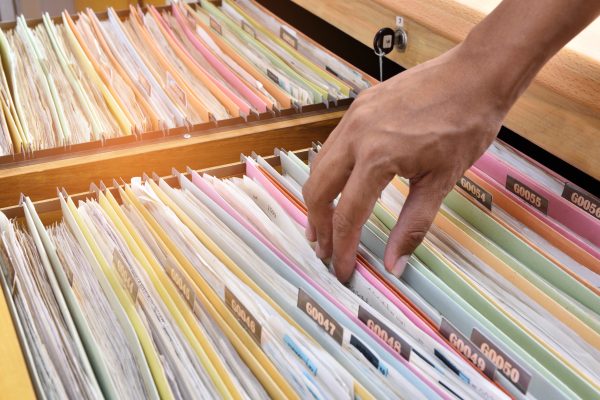
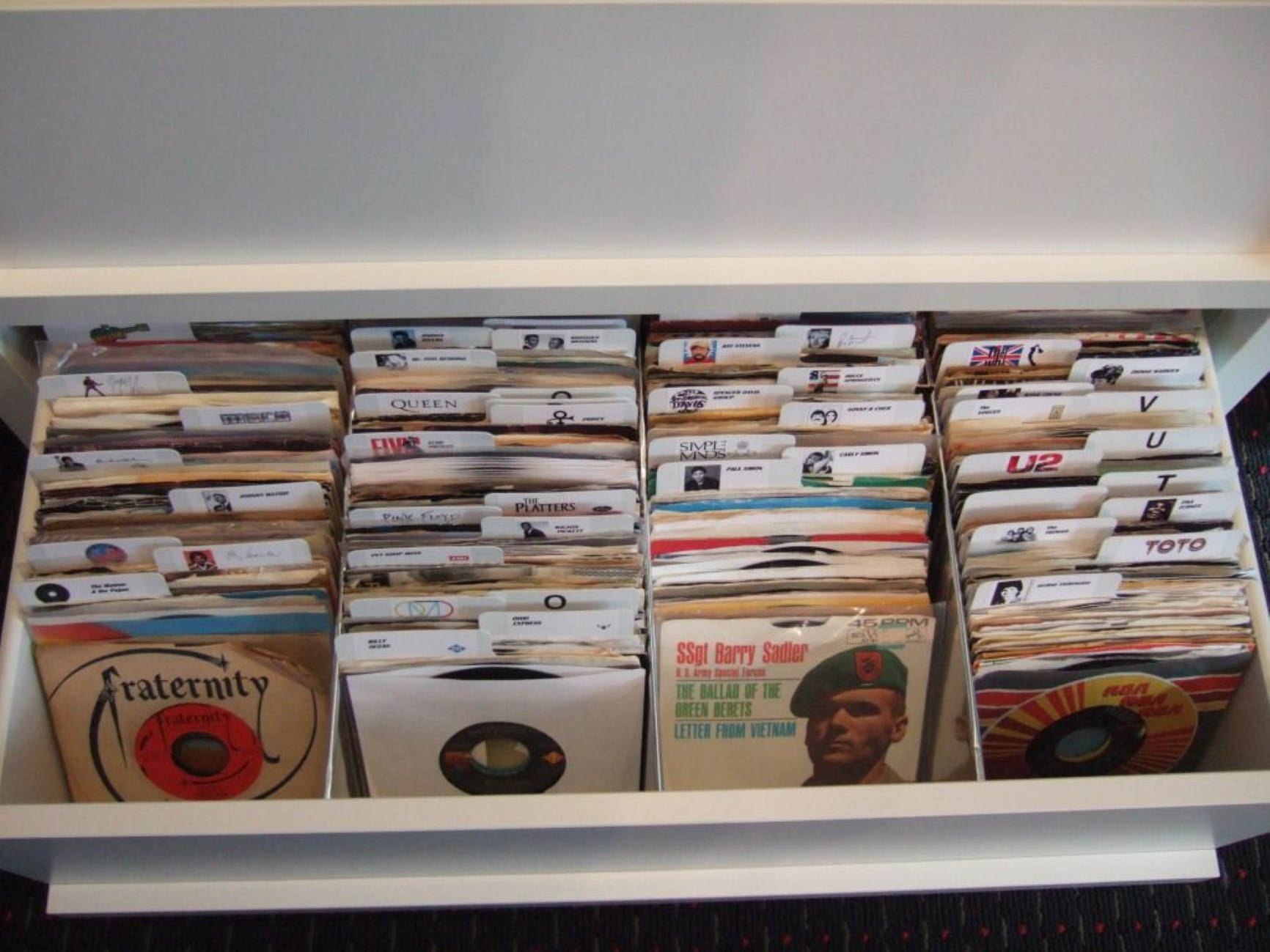
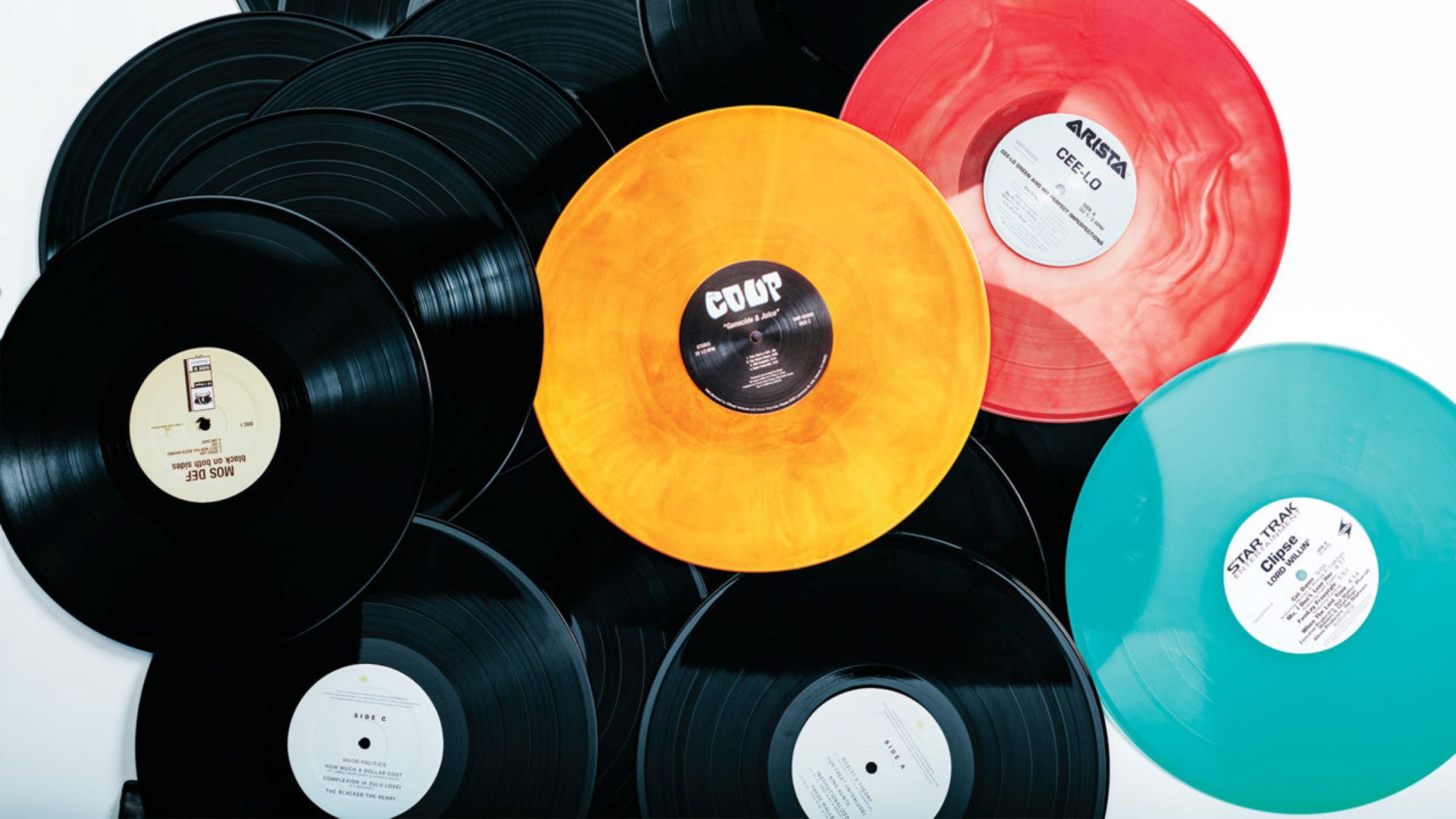
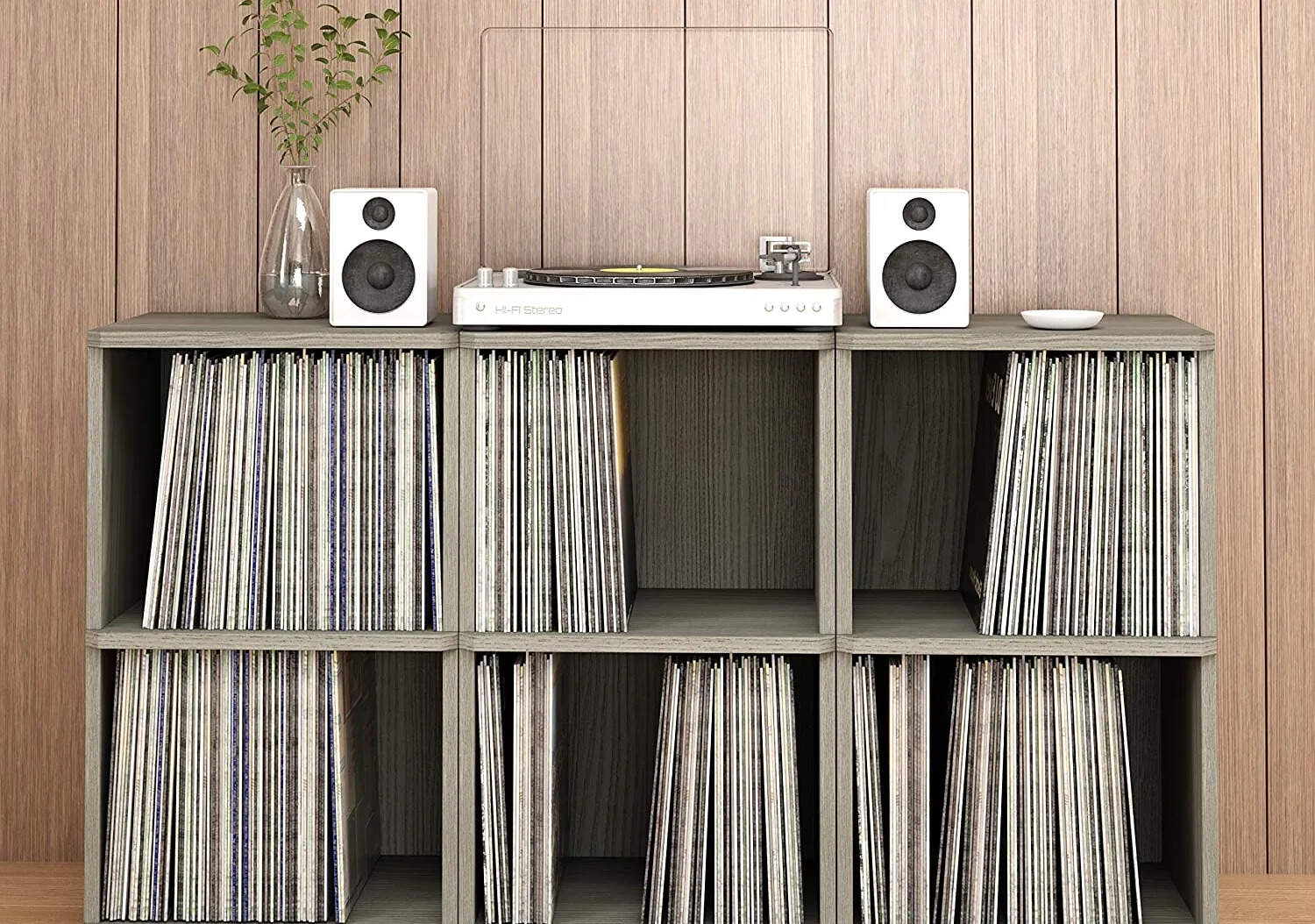
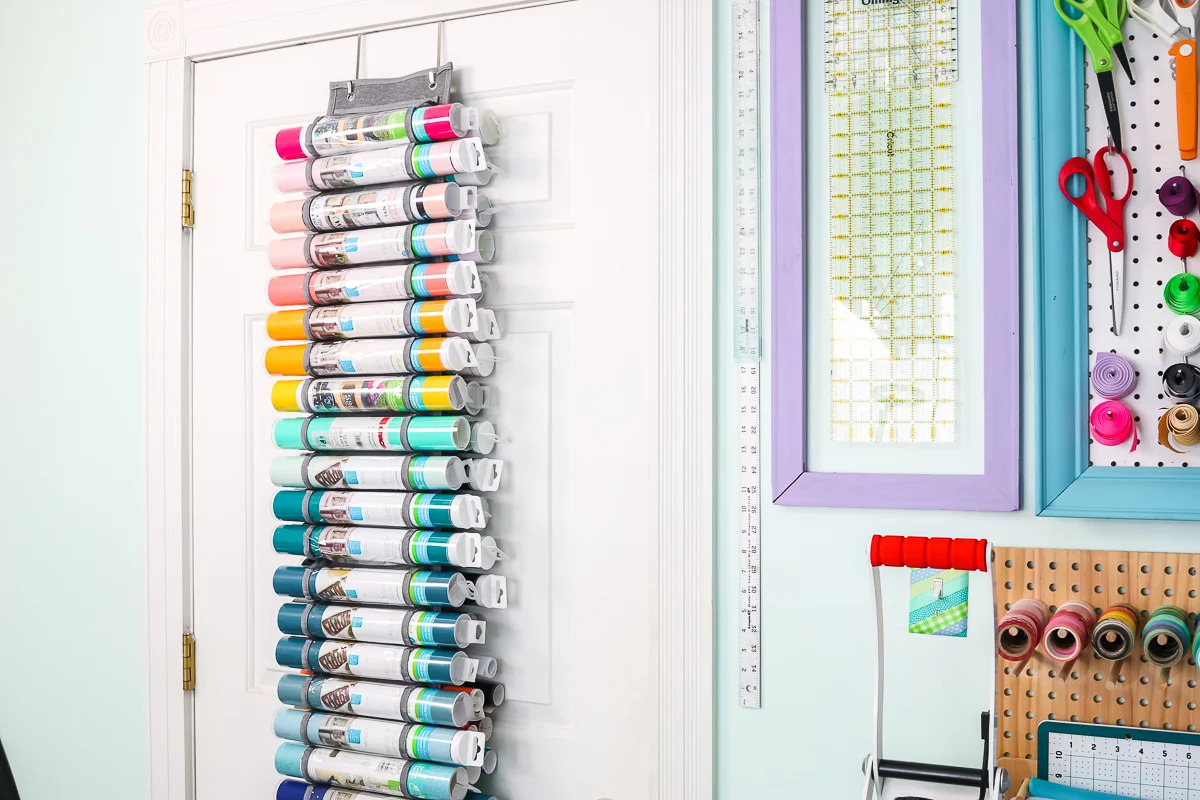



0 thoughts on “How To Store 12X12 Vinyl Sheets”